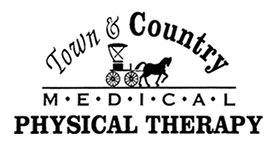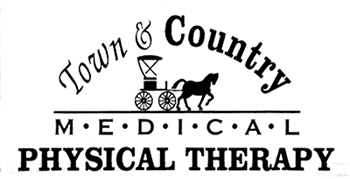Are you experiencing constant dizzy spells? Do you feel like the room is spinning when you get out of bed? Are you afraid to look down or turn your head when you’re walking?
If answered yes to any of these questions, you may be suffering from positional vertigo or a vestibular dysfunction. The good news is, you are not alone in this and therapy can help with these issues through proper evaluation and vestibular rehabilitation. It is very important to address these vestibular dysfunctions as they can interfere with daily activities and is a common mechanism of injury in older adults due to higher risk of falling. (Note: You should always ask your doctor when experiencing dizziness to rule out any serious conditions or possible medication side effects)
So what is positional vertigo? (Benign Paroxysmal Positional Vertigo aka BPPV)
Positional vertigo is an inner ear disorder that can cause dizziness with certain positional changes like rolling over in bed. Majority of cases occur spontaneously and usually between the ages 40-70 years old but can occur in any age group after trauma to the head.
The inner ear structure is composed of different canals and small crystal-like particles, and together these components work to detect movement and gravity. When these crystal-like particles become dislodged and make their way into a canal in the inner ear, dizziness will occur. In these cases, physical therapy is used to encourage the particle to make its way back into the inner ear through a sequence of different head positions and can resolve within a few treatments.
Who should you contact if you suspect a vestibular dysfunction?
You should contact your primary physician and they may refer you to an ENT (Ear Nose & Throat specialist). To determine if inner ear dysfunction is the cause of dizziness, your physician may decide to order specific diagnostics. These tests may include:
– Electro/Video-nystagmography (ENG/VNG)
– Rotary Chair
– Video Head Impulse Test (vHIT)
– Vestibular Evoked Myogenic Potential (VEMP)
– Computerized Dynamic Visual Acuity and Posturography
– Audiometry
Results from these diagnostics may indicate there is a vestibular, peripheral, or central disorder present. Disorders that may cause dizziness include:
- Meniere’s Disease
- Mal de debarquement
- Migraines
- Persistent Postural Perceptual Dizziness (PPPD)
- Cervicogenic Dizziness
- Psychogenic Dizziness
- Post Concussion Syndrome
- Unilateral Hypofunction/Vestibular Loss (UVL)
- Bilateral Hypofunction/Vestibular Loss (BVL)
- Benign Paroxysmal Positional Vertigo (BPPV)
How can therapy help with these disorders?
Physical therapy can help identify what triggers the dizziness through examination of different movement patterns and how the eyes, body, & brain work together to respond to these different movement patterns. After evaluation, we can then determine what exercises would be most appropriate to improve the vestibular dysfunction through different exercises that challenge how your eyes can focus on still & moving objects, either near or far, and also target balance training. Together, targeting these issues we can improve:
- Dizziness
- Balance
- Proprioception
Therefore, normalizing how your eyes, body, & brain work to make you feel more stable with your activities of daily living.
Image by rawpixel.com


